This Trio Of VW Concepts Could Have Been Affordable Mid-Engined Heroes
_0.jpg?width=1600&aspect_ratio=16:9)
VW has built many cars with engines at the back, and many with engines at the front. Only one of its production cars, though, has ever had its engine in the middle. That was the XL1, and while it was indeed a mid-engined, two-seater coupe with supercar-aping butterfly doors, nobody would ever really confuse it with a sports car.
That’s not to say VW hasn’t flirted with more performance-friendly mid-engined cars before. The W12 concepts laid the groundwork for the VW Group’s noughties supercar fascination, while the later XL Sport would have been an ultralight marvel with a screaming superbike engine, had Dieselgate not thwarted its chances of ever seeing production. The Golf W12-650, meanwhile, was just a bit of a giggle.
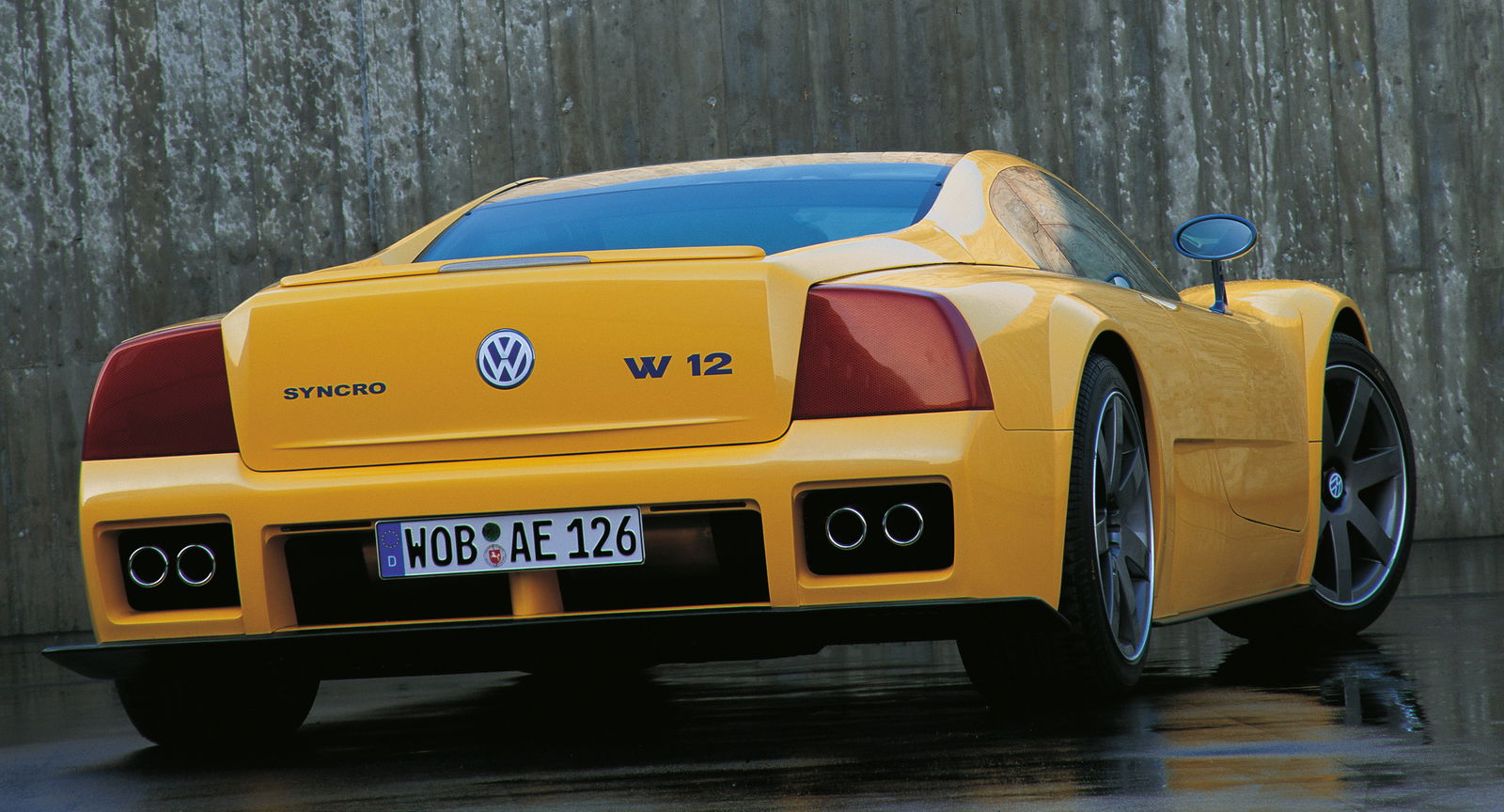
These were all very specialised bits of kit packed with complicated engineering, though, and had they gone on sale, their price tags would have reflected this. Given the complete dearth of affordable mid-engined cars in the 21st century, it’s a shame a company whose name literally means ‘People’s Car’ has never filled this void.
Again, it’s not like VW didn’t think about it. Three separate times, in fact. Transport yourself back to mid-September 2003: the Black Eyed Peas’ ‘Where Is The Love?’ was atop the UK charts, Lost In Translation was busy baffling film critics, and at the Frankfurt Motor Show, Volkswagen rolled out a two-seater sports car concept called the Concept R.
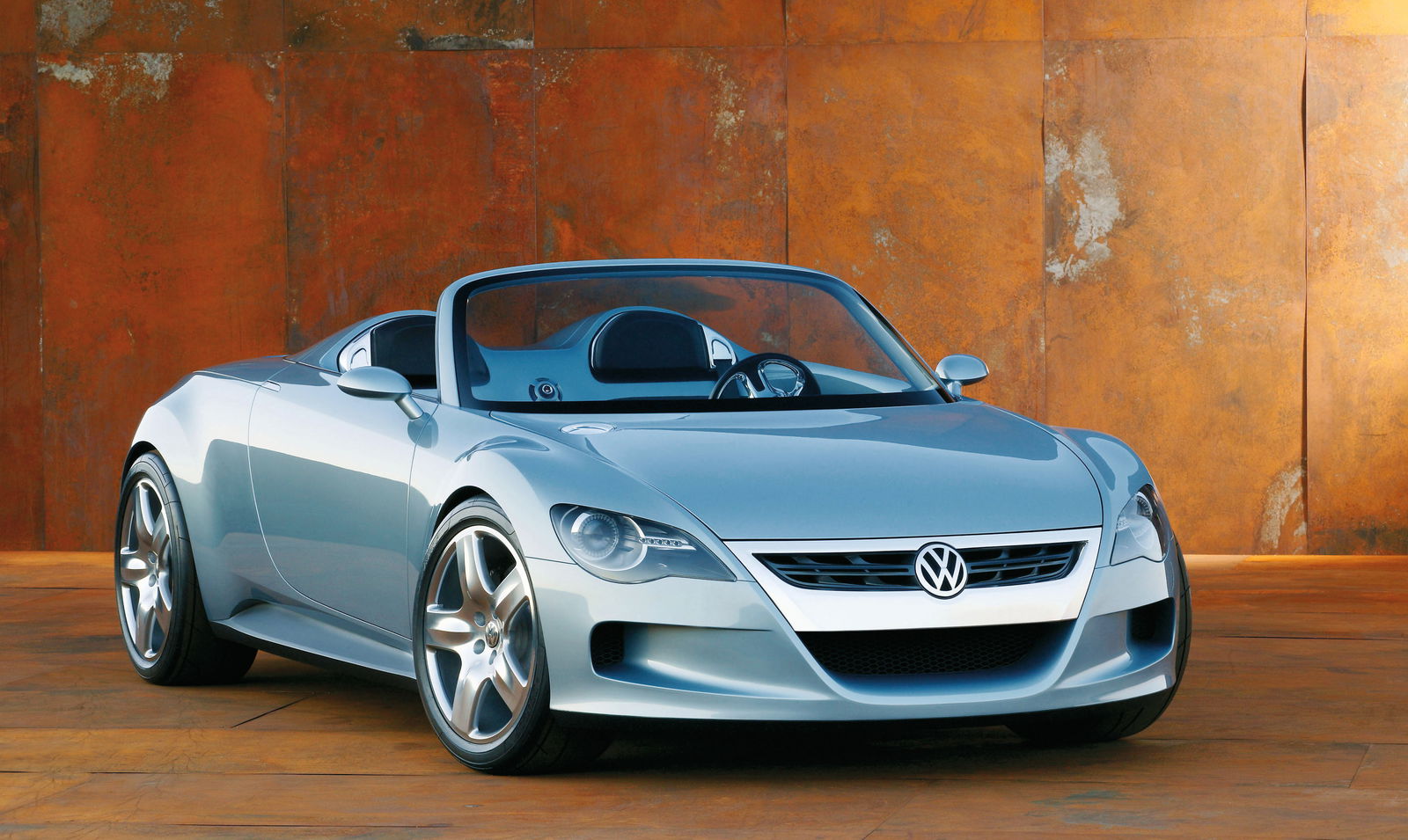
It was pure early ’00s VW in its swoopy design, which previewed the upcoming B6 Passat and Mk5 Golf, but far more interesting was its mechanical makeup. Sitting behind the occupants and powering the rear wheels was a 3.2-litre VR6 engine, pilfered from the Golf R32 and with its power upped from 238 to 261bhp. It was said to be capable of hitting 62mph in 5.3 seconds.
Some concept car-ish features were present: a “so-called OLED screen” (VW’s words) that featured a “digitally generated” VW logo – hey, it was 2003 – and fixed seats with sliding pedal box, instrument cluster and steering wheel.
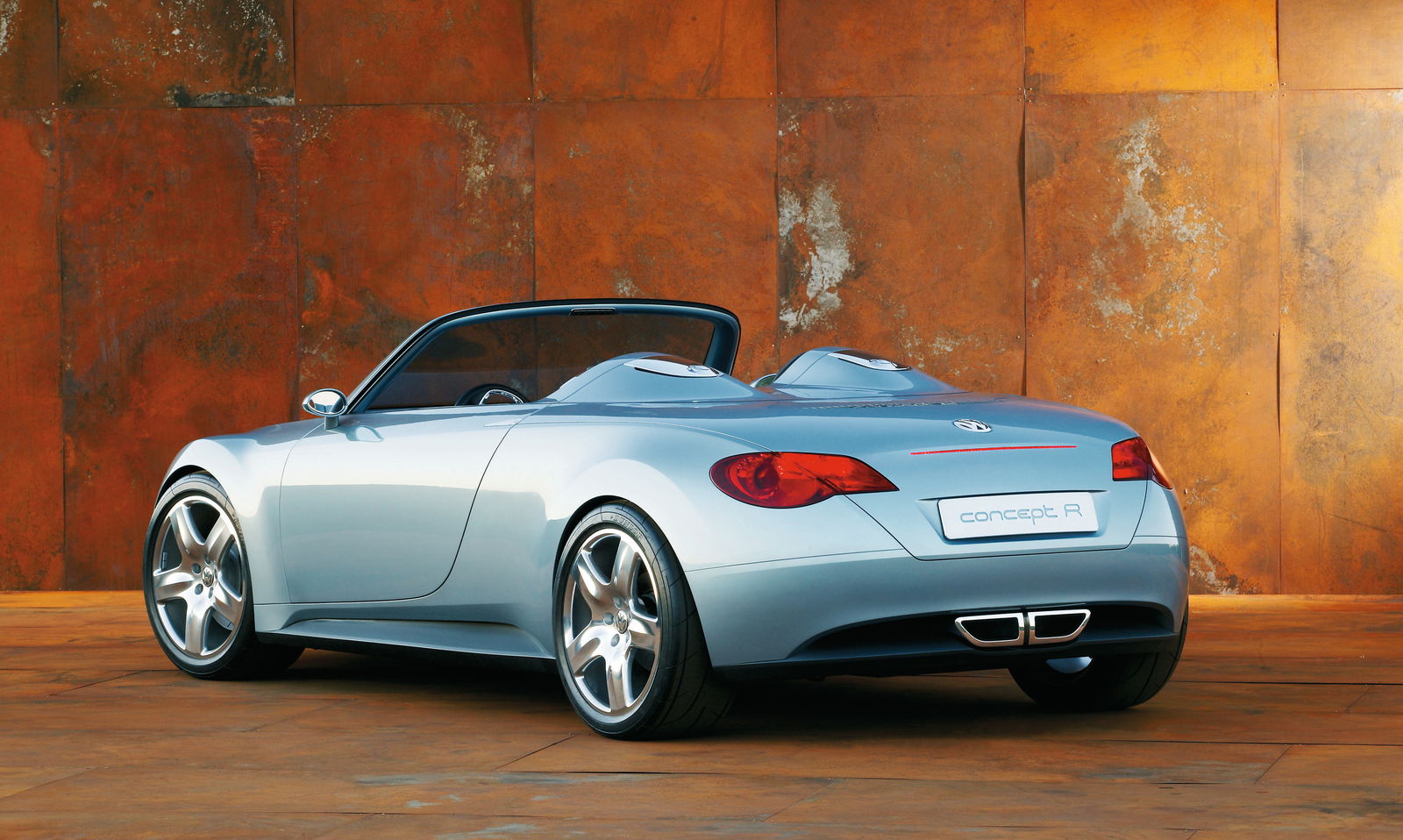
Despite this, though, VW pretty openly claimed that production was on the cards, saying at the time that the car “hints at a possible involvement in the world of genuine sports cars.” It even went as far as clarifying that it had an electronically governed 155mph top speed – a detail grounded in reality that VW probably wouldn’t have bothered with if the Concept R was a flight of fantasy.
The usual amount of time passed for a car to go from concept to production, and… nothing. VW has never really explained why. Was there a fear that a powerful, six-cylinder mid-engined roadster likely priced below the Porsche Boxster would cannibalise its Stuttgart sibling’s sales? Maybe, and it might explain why VW took a very different route in the powertrain department for its next mid-engined experiment.
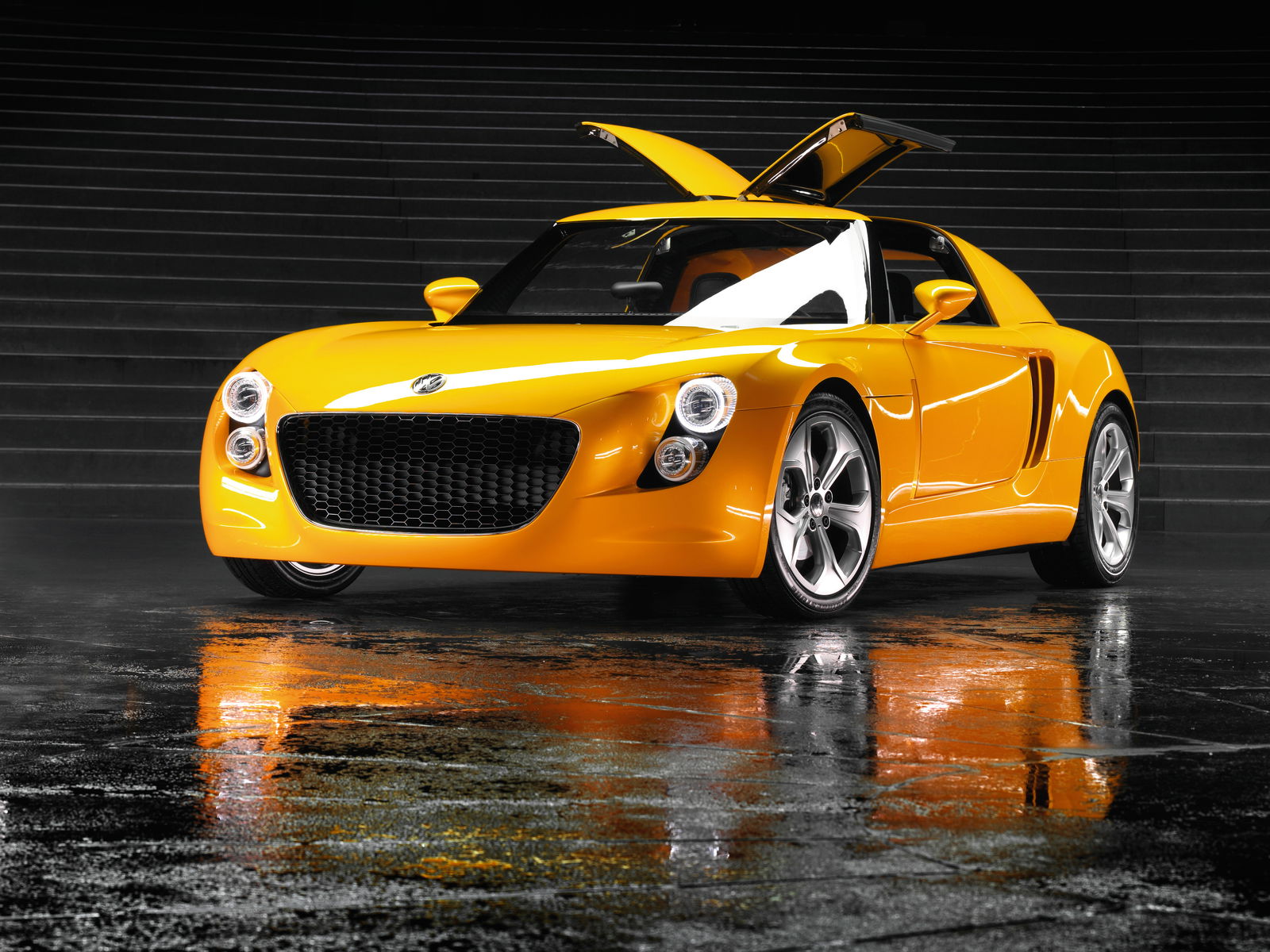
That experiment was the EcoRacer, which debuted in October 2005 at the Tokyo Motor Show. Back then, ‘Eco’ meant one thing to VW: diesel power. Yeah, hindsight really is 20/20. The EcoRacer was easily the most experimental of this trio: full carbon bodywork kept weight down to 850kg, while power came from a 1.5-litre turbodiesel four-pot producing 134bhp and over 184lb ft of torque.
This odd combo of ultralight sports car and grunty diesel engine was said to make for 0-62mph in 6.3 seconds and a 143mph top speed – respectable sports car figures for the day – all while it got a claimed 83mpg. Most fascinating, though, was the EcoRacer’s roof. Like a Citroen Pluriel on steroids, it could be transformed between a hardtop coupe (with teeny, catflap-like gullwing doors), a kind of targa-topped roadster, and a full-on insects-in-yer-face, helmet-required speedster.
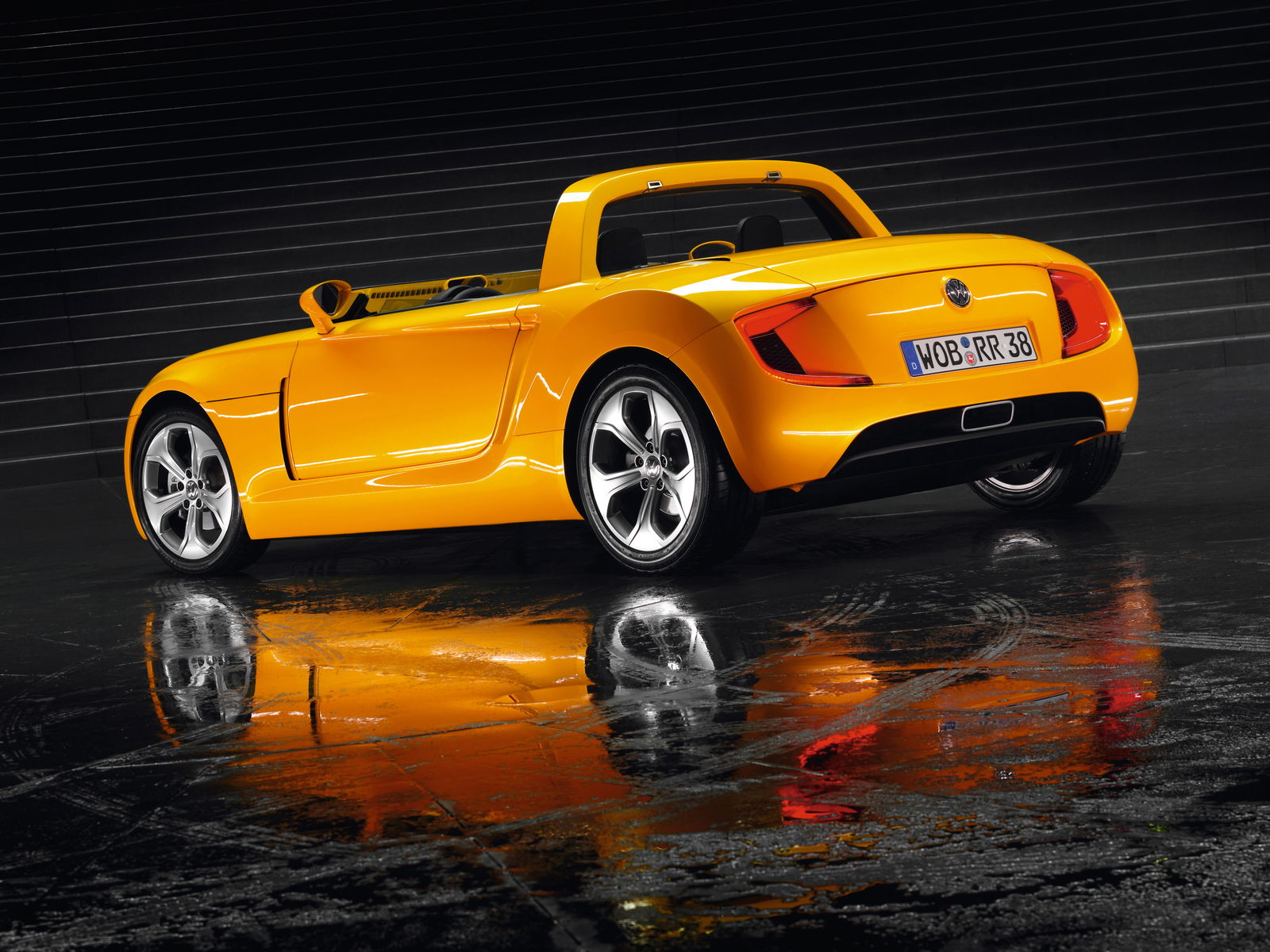
The EcoRacer was a fully functional car, with VW claiming it was “intended to serve as a technology test-bed.” It seems production was never really a consideration, but some of the efficiency-obsessed engineering undoubtedly informed that of the XL1 that would eventually make its way into a select few customers’ hands.
After the EcoRacer, VW’s trail of midship concepts went quiet for a bit, but it popped up again at the beginning of 2009, at the Detroit Auto Show. The Bluesport was sort of a mish-mash of the two concepts that had gone before – a traditional roadster silhouette, but with an engine that drank from the black pump, in this case, a 2.0-litre turbodiesel four-cylinder making 178bhp and 258lb ft. The rear wheels were driven through a six-speed DSG, and 65mpg was claimed.
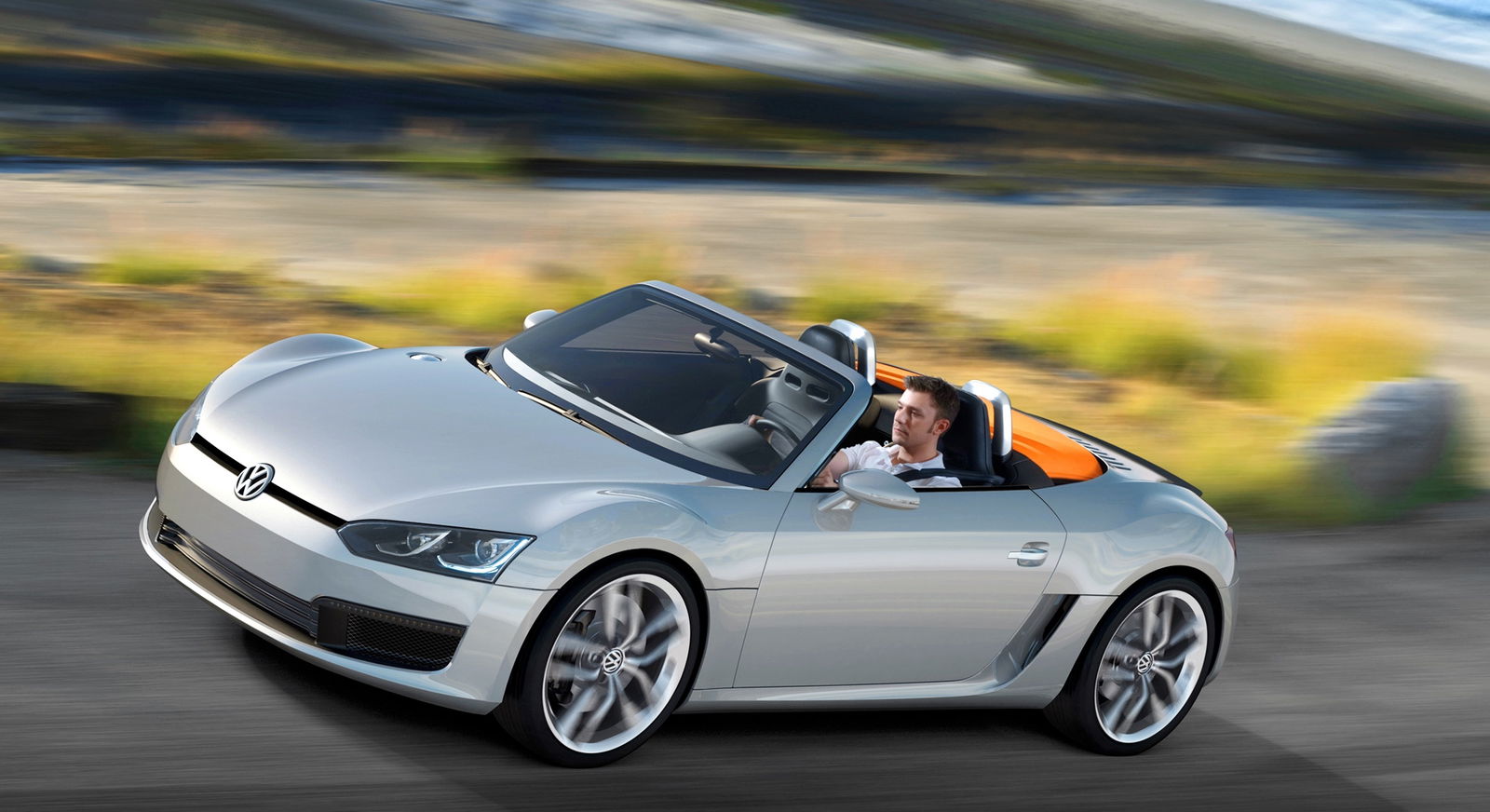
The Bluesport looked near-ready to sit alongside Golfs and Polos in your local VW showroom. Again, it was a completely functional car, and not long after it was unveiled, rumours emerged that it had been green-lit. Supposedly, it was set to get the concept’s diesel engine, plus two petrol four-pots: the twin-charged 1.4-litre TFSI engine from the Polo GTI and the 2.0-litre turbo mill from the Golf GTI.
With pricing set to start around £20,000, we were finally poised for another affordable mid-engined roadster, but the project was beset by delays and internal squabbling, and at some point around 2012, it seems to have quietly died. After all, the sports car market wasn’t what it had been, and in this post-recession world, car makers simply no longer had the funds for frivolous, niche projects that they didn’t think would shift units.
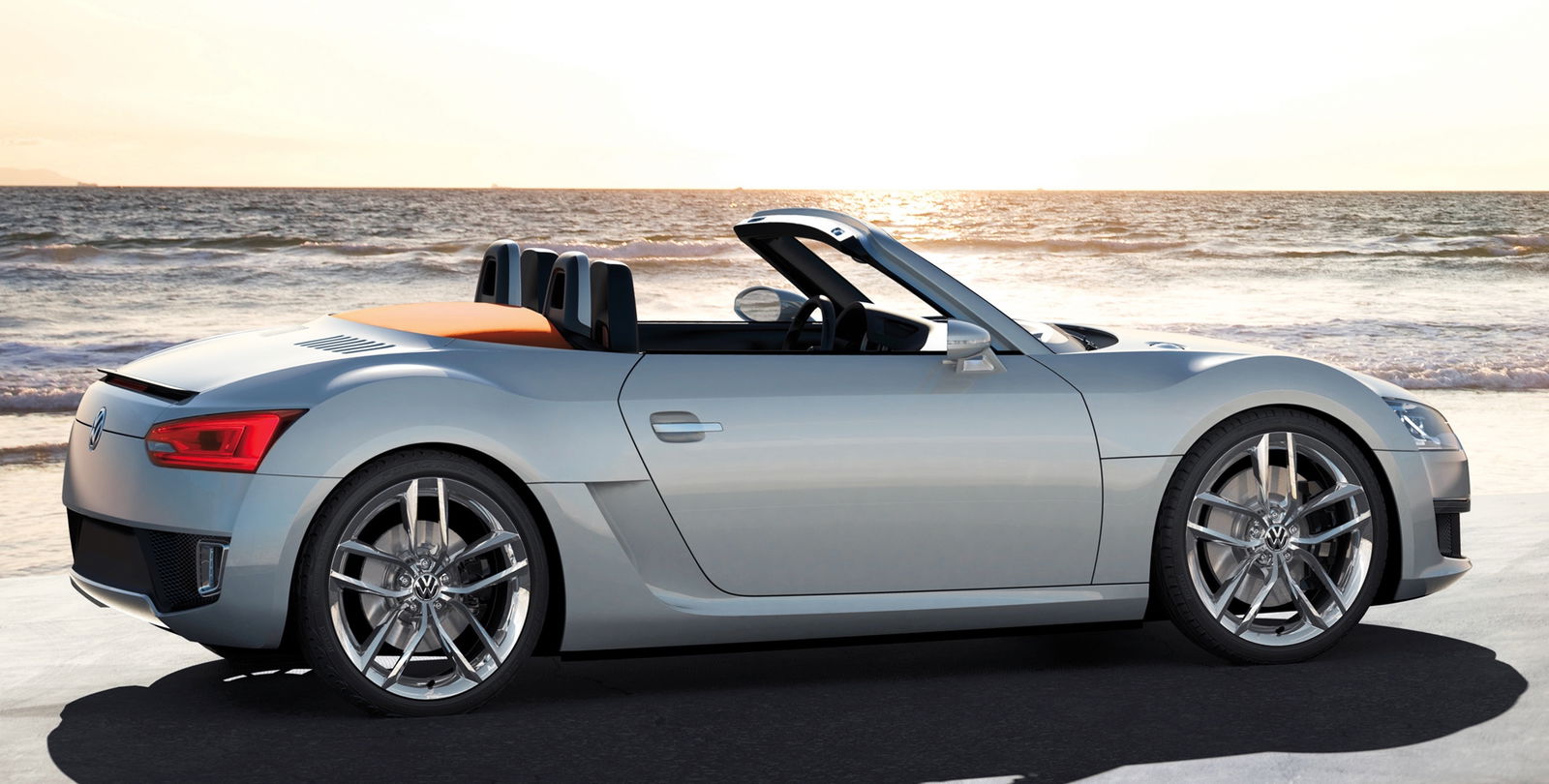
The Bluesport hurts the most: it looked great, would have had a powertrain to suit just about everyone, and was set to fill a gap left by the likes of the Toyota MR2, MG TF and Smart Roadster. Now, though, as car companies look to largely electric futures and people’s aspirations have inexplicably shifted from sleek sports cars to blobby, inefficient crossovers, the likelihood of an affordable mid-engined roadster – not just from VW, but from anyone – seems lower than ever. Even if the MR2 does make its rumoured return, it's likely to be at least a £50k car. That makes us very sad, so if you’ll excuse us, we need to try and find a way to reach the alternate universe where the Bluesport did go on sale.
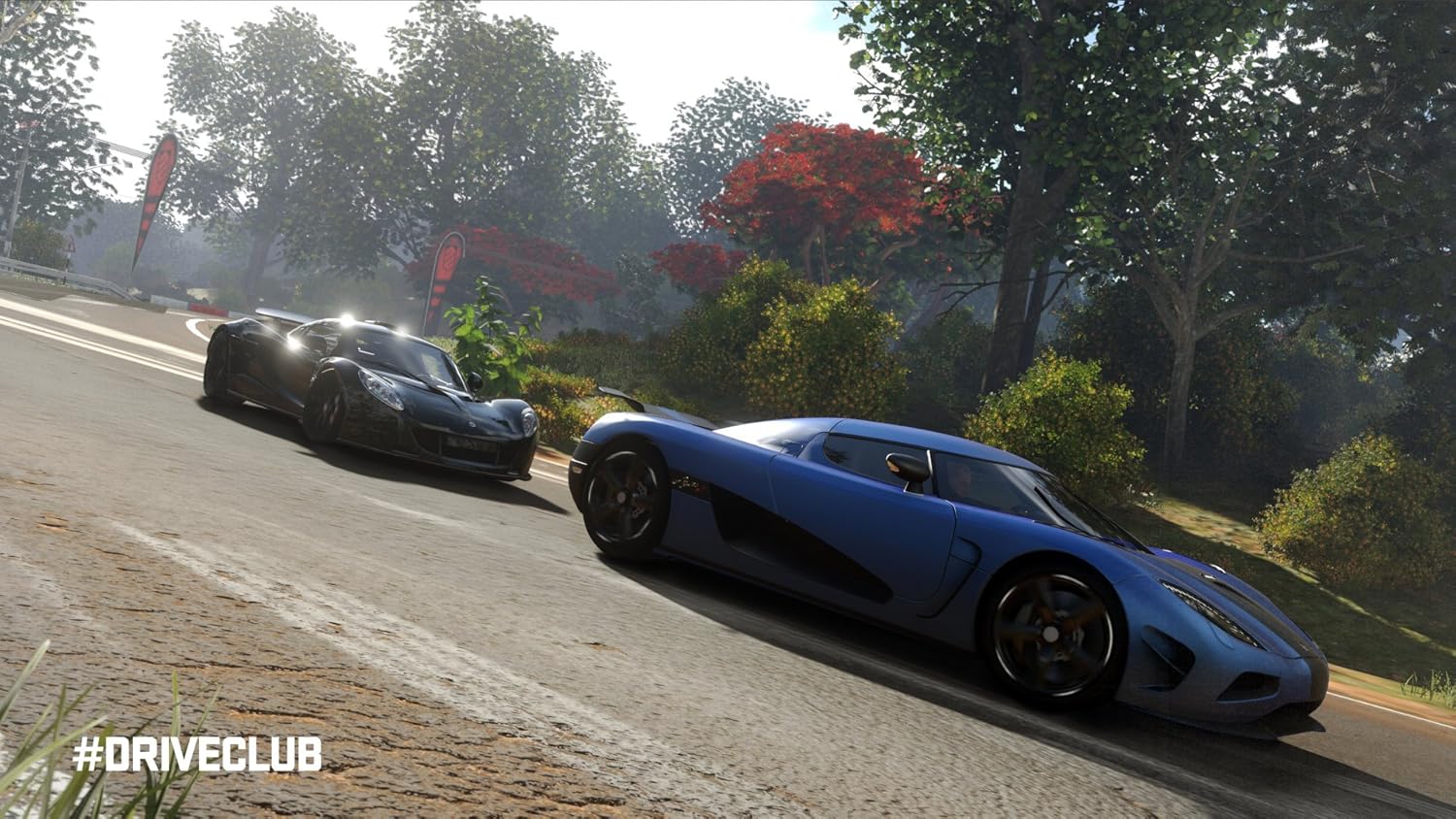
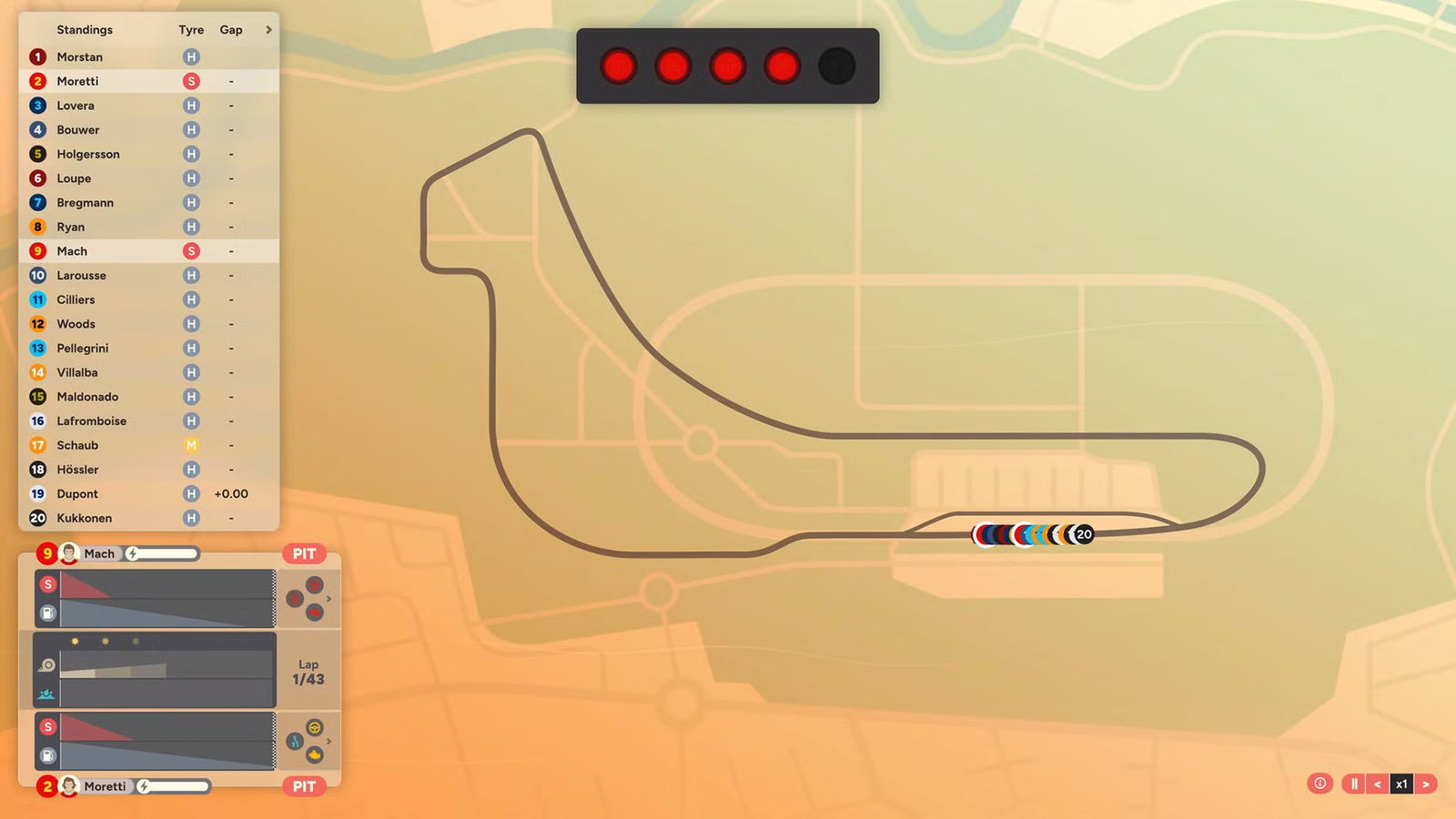

Comments